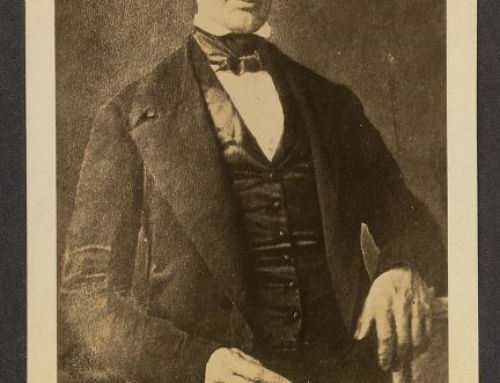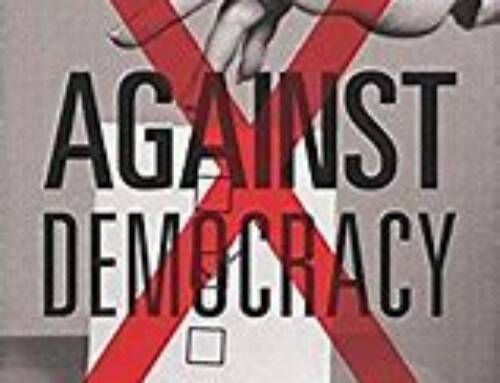Lawyers are often engaged to resolve conflicts. Sometimes the conflicts are resolved peacefully and harmoniously in a win/win environment and other times the resolution comes out acrimoniously and bitterly in a win/lose scenario. The former outcome is always preferred, yet many of us unwittingly choose a method of professional behavior that drives us toward a hostile, embittered and emotionally draining environment that we didn’t want.
How can this happen?
For insight, let’s look at an ancient Chinese military philosopher, Sun Tzu, who wrote The Art of War during the fourth century, B.C., and then compare it to the relatively recent principles expounded by Morihei Ueshiba, the Japanese founder of the martial art of Aikido. The Art of War was brought to the attention of the western world when it was translated into French and published in Paris in 1772. Napoleon is believed to have read and studied it. In more recent times, trial litigators and corporate executives have quoted from it in order to justify their tactics. Sun Tzu recognized that war was a matter of vital importance to the state and that it was mandatory that it be studied and mastered. (Machiavelli, when he wrote The Prince in 1513 A.D., had a similar vision about the importance of obtaining and holding power).
Sun Tzu was ruthless. He once had two of the King’s concubines beheaded after they repeatedly failed to follow his explicit instructions. Afterwards, all the other concubines followed orders as told. Sun Tzu was clever. He believed that all warfare is based on deception. He advocated angering the opposing general in order to confuse him, and sought to keep him under strain so he would wear down. Sun Tzu was aggressive. When his forces were abundant he urged attack. He encouraged agitation of the enemy and counseled striking where the enemy was most vulnerable.
Many lawyers follow these tactics in an attempt to gain strategic advantage over opposing counsel. Their goal is to win “the war” for their client and they will use any tactic allowed by the Local Rules or the Rules of Civil Procedure, etc., and can adamantly defend their actions by saying nothing they have done violated the Rules of Professional Conduct. Although the letter of the law hasn’t been broken, the spirit certainly has been. No one can use these tactics and honestly say to themselves they have been acting as a professional, in the best sense of that word. These tactics create bitterness, hatred, resentment, distrust, emotional turmoil and lack of respect for the profession.
A contrasting style can be found in Aikido. Morihei Ueshiba (1883-1969) was born in a small fishing village in Japan. He began studying martial arts in his youth and eventually became a world-renowned martial arts master. As numerous challengers came to test their skills against him and all were defeated he gradually began to understand that winning as a result of defeating another was not really winning at all, and he developed a new martial art form. In 1941 he began calling it Aikido (“the way of harmony”). It has been called a self-defense technique, but it is much more. It is for people who prefer not to fight but who can and will defend themselves, and are confident in their ability to do so. However, they defend themselves with appropriateness and benevolence to the attacker. Morihei Ueshiba taught that those who habitually disregard the well-being of others and cause harm are weak people with weak hearts, no matter how strong they may appear.
Aikido is about balance, about maintaining an inner strength and staying within ourselves and not getting distracted by the tactics of an aggressor. Attacks are recognized and respected, and then the energy of the attack is redirected away. It dissipates into thin air. The concept of injuring your opponent is unacceptable to Aikido principles, ideals and ethics and Aikido seeks a win/win solution and a deep and profound respect for our opponent. We learn to see ourselves as the attacker, and to understand the stresses and strains and makeup of the person who attempts to cause the injury, and to realize that we have been there ourselves. We forgive the attack and the attacker while taking care that we are not injured by their loss of balance. It is professionalism at its finest.








Leave A Comment
You must be logged in to post a comment.